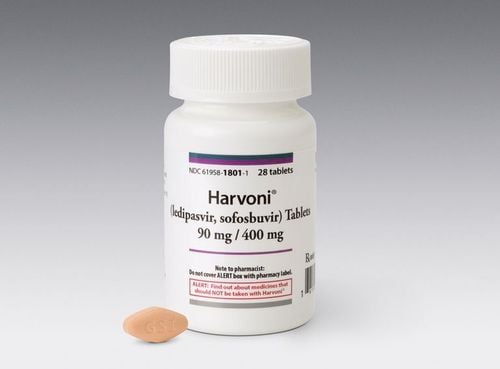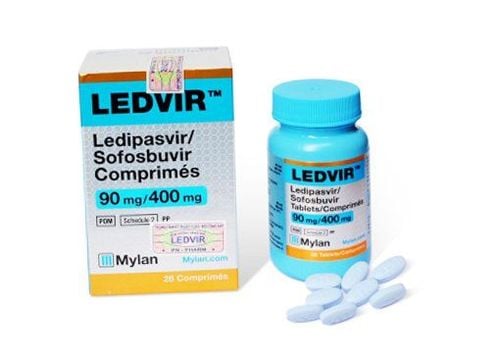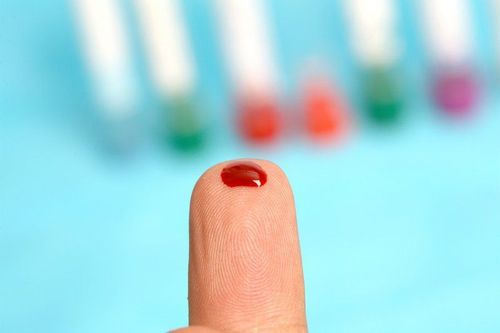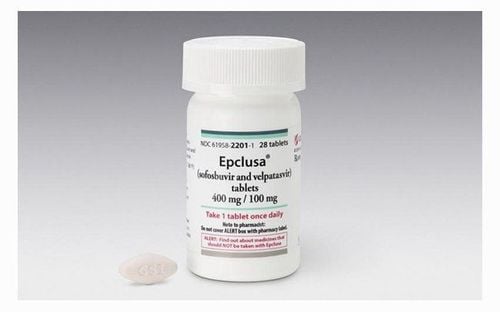This is an automatically translated article.
Hepatitis B and C are common blood-borne diseases. Accordingly, testing to exclude these two diseases, together with HIV or other diseases, is a mandatory requirement for the receipt of donated blood units. If in the past, "window" time was a huge obsession, today, with NAT testing, this is no longer too difficult.
1. What is a NAT test?
Nucleic Acid Test (NAT) is a technique used to detect a specific nucleic acid sequence in a patient sample. Thanks to this technique, it becomes easy to detect and identify a specific species or subspecies of an organism, usually a virus or bacteria acting as a pathogen in blood, tissues, urine... than before.
The mechanism of NAT tests differs from previous tests in that they help detect genetic material (RNA or DNA) rather than antigens or antibodies. Precisely because the detection of genetic material will allow clinicians to diagnose the suspected disease much sooner rather than waiting time for antigens and/or antibodies to be detected. when they start to appear in the blood .
Since the amount of genetic material of a given species is usually very small, the process of performing NAT involves many processes. The first is to amplify the genetic material, the second is to make multiple copies of it. Therefore, such a NAT test is also known as a nucleic acid amplification test (NAAT). There are several types of amplification used in this technique, including polymerase chain reaction (PCR), strand displacement assay (SDA), or transcription-mediated assay (Transcription). Mediated Assay - TMA).
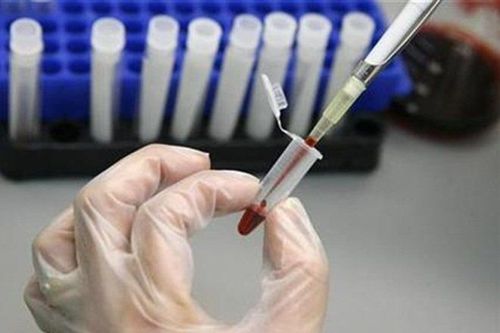
Xét nghiệm axit nucleic (Nucleic Acid Test - NAT)
The current application of the NAT test method in medicine is to diagnose coccidiosis and other Neisserial infections such as gonorrhea; diagnosis of urogenital infections caused by C. trachomatis; detects Mycobacterium tuberculosis causing tuberculosis in organs and detects genetic material of HIV , hepatitis B virus or hepatitis C virus in donated blood.
2. How to conduct NAT testing?
A NAT test begins with a patient sample, usually blood, that is “pooled” (or cumulative) with many different blood samples in the laboratory. If the results of a group of these samples are negative, it will mean that all samples in this group are negative.
Conversely, if the result of this one group is positive, the samples will be tested in smaller groups and then individually until a true positive sample is identified. At this point, when a blood sample has been confirmed as positive, the results will be communicated to the patient or treating doctor to plan the appropriate intervention.
In addition, for patient samples that are donated blood, the blood bag will be destroyed and the results will also be confidentially communicated to the donor. From there, they themselves will actively access appropriate examination and treatment as well as actively prevent infection for their family members and the community.

Xét nghiệm NAT được thực hiện tại phòng thí nghiệm
3. Application of NAT test in early detection of hepatitis B and C like?
Over the past few decades, great advances in Medicine have been achieved in blood tests that screen for infectious pathogens. In particular, special attention should be paid to the NAT test technique in early detection of hepatitis B and hepatitis C viruses in donated blood.
The fact that NAT can completely replace antigen and antibody tests as before, NAT is still used together with these tests to increase the sensitivity and specificity to detect donated blood bags. infected.
Not only that, thanks to NAT testing, the risk of transmission during the "window" of these diseases can be eliminated even with very little genetic material, not enough to form a reaction. antigen-antibody response. Since then, the NAT test helps to detect hepatitis B and C in donated blood bags early, increasing the number of blood bags reaching people in need of blood as well as extending the shelf life of these blood bags.

Xét nghiệm NAT giúp phát hiện virus gây viêm gan
However, some individuals with pre-existing hepatitis C or HIV infection may still be negative with a NAT test if the amount of virus present in the blood has dropped below detectable levels. This is still possible for patients who are already on active treatment and respond well (although these people have been advised not to participate in blood donation at any time). In such cases, testing for antibodies to the virus will still be done to detect hepatitis C or HIV.
In summary, thanks to advances in Medicine, NAT testing is one of the outstanding achievements and has quite high applicability. Since then, the "window" time for detecting hepatitis B and C viruses is shortened, ensuring safer, and preventing infectious diseases in patients requiring blood transfusion.
Recommended video:
Vinmec successfully treated cirrhosis with stem cell transplantation
MORE:
Diagnosis and treatment of hepatitis B according to the guidelines of the Ministry of Health Tests to do to diagnose hepatitis C HIV test window period: What you need to know




